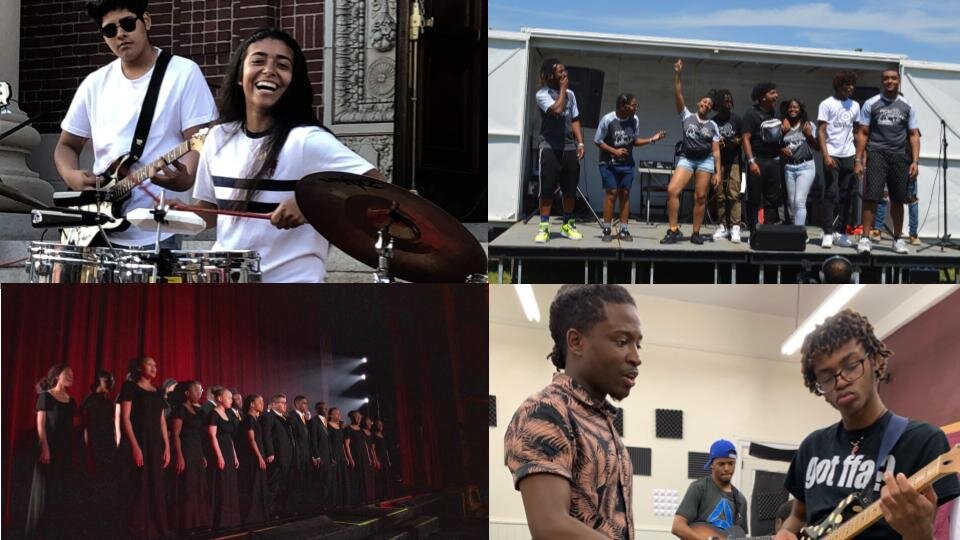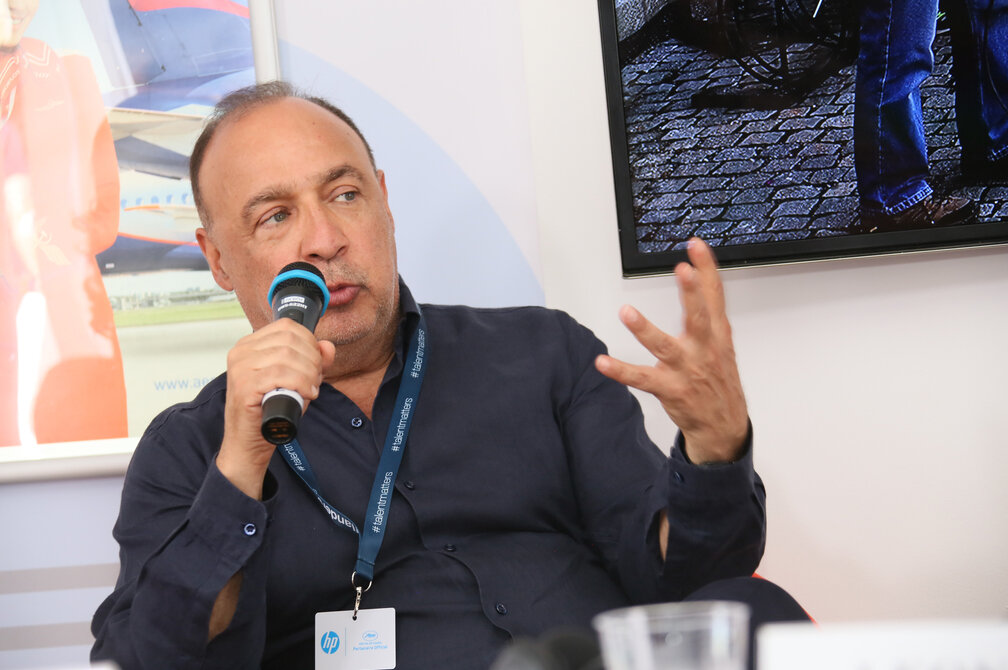
In a piece in the New York Times last month, Michael Cooper looked at how American opera companies are grappling with the long-term decline in season subscribers, a trend that “is upending the already fragile economics of opera” and “changing how companies operate and what they program.”
The article came not long after the Wallace Foundation published a case study on Opera Theatre of St. Louis’ (OTSL) efforts to reach younger and diverse audiences. “Think Opera’s Not for You? Opera Theatre of Saint Louis Says Think Again” is the fourth installment of the foundation’s Building Audiences for Sustainability, a $64 million effort to help performing arts organizations attract and retain new audiences.
Previous white papers explored Ballet Austin’s efforts to expand audiences for unfamiliar works, Seattle Symphony’s efforts in using market research to engage new residents, and Denver Center Theatre’s cracking of the millennial code.
By looking at Opera Theatre of St. Louis’ progress in attracting and retaining younger and more diverse audiences to replace losses within its core audience, Wallace’s white paper speaks to some of the challenges addressed in Cooper’s piece. Therefore, I’d like to briefly review the larger lay of the land before diving into the theatre’s efforts.
Fear of Commitment
According to Cooper, opera fans are increasingly less likely to buy large packages of tickets or commit to attending events months in advance. This intuitively makes sense. After all, audiences have a seemingly endless array of entertainment options to choose from. How can someone commit to a significant financial investment in the opera—or the theater, dance, or ballet for that matter—if they simultaneously subscribe to Netflix, Hulu, and Amazon Prime?
Audience members that traditionally purchase subscription packages are older and more affluent. Losing this demographic takes a big bite out of an opera company’s revenue stream. Therefore, the main question is how these opera companies will respond to what Cooper calls a “new financial reality.” Cooper and the Wallace Foundation posit four courses of action.
First, companies are turning to philanthropy to plug the revenue gap. Mirroring trends in the orchestra space, as of 2018, donations to opera companies now make up 51 percent of total operating revenue. Second, lacking the financial security of guaranteed income via subscriptions, opera companies are staging fewer performances.
Third, companies are calibrating programming with an eye for maximizing single-ticket sales. San Francisco Opera’s former general director, David Gockley, summed up the mandate accordingly: “Each title has to survive on its ability to attract an audience, whereas previously it could be slipped into a bigger package.”
And fourth, companies like the OTSL are reaching out attract untapped audience demographics.
Fixing the “Leaky Bucket”
Like the opera companies mentioned in Cooper’s piece, OTSL had seen its core audience aging and dwindling, earned income dropping, and expenses rising across the past decade. OTSL was particularly concerned by what it called the “leaky bucket” problem: Older audience members were leaving at a faster rate than younger people coming in, generating a net loss in total attendees.
“Audience building,” the foundation’s press release reads, subsequently became OSTL’s top strategic priority, with a focus on targeting “Gen X-ers and millennials, as well as people of any age in the region’s racially and ethnically diverse population.”
The theatre developed new programs to attract two distinct demographics. “Opera Tastings” provided a casual, low-stakes environment, introducing newcomers to opera by pairing food samples with operatic excerpts.“Young Friends,” for people under 45, offered a pre-performance buffet and open bar in OTSL’s outdoor garden area.
Wallace’s profiled organizations invest heavily in market research, and OTSL is no exception. Its stakeholders crunched the numbers and found that the newcomers purchased less frequently and less expensive tickets than the core audience. Given the former’s demographic’s age and comparative lack of wealth, this wasn’t a huge surprise to the theatre.
OTSL concluded it needed to get multiple new households in the door to replace each household of longtime patrons lost. Wallace’s press release concludes accordingly:
OTSL adjusted programming, expanding certain activities while halting others that did not work. Not only focused on cultivating new audiences—in part through Opera Tastings and Young Friends—the company also aimed to convert them to repeat ticket buyers. While both programs have shown promise, OTSL is looking for ways to make these efforts more sustainable through sponsorships and donations. They will continue to experiment, analyze results based on market research and make adjustments, as they seek to resolve unanswered questions.
Click here for a more thorough rendering of the theatre’s efforts, a video, and key takeaways gleaned from its focus groups. (In a data point that should hearten purists and surprise folks inclined to pigeonhole millennials, research determined that in 2016, 2017 and 2018, classic “warhorse operas” were more popular with younger audiences than contemporary, socially relevant works.)
The Wallace Foundation will release a fifth audience-building story focused on the Cambridge, Massachusetts-based music and dance presenter World Music/CRASHarts.



.jpg)










.jpg)

.jpg)













